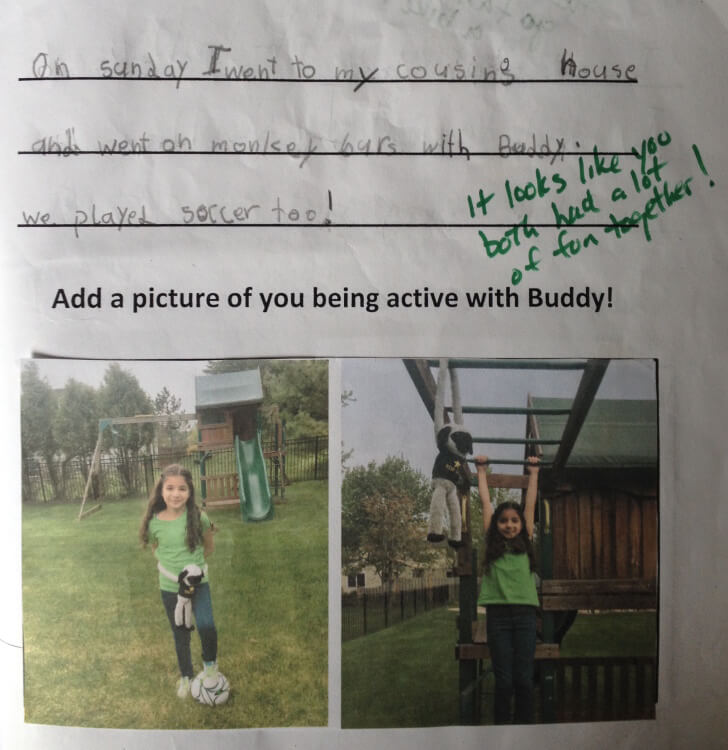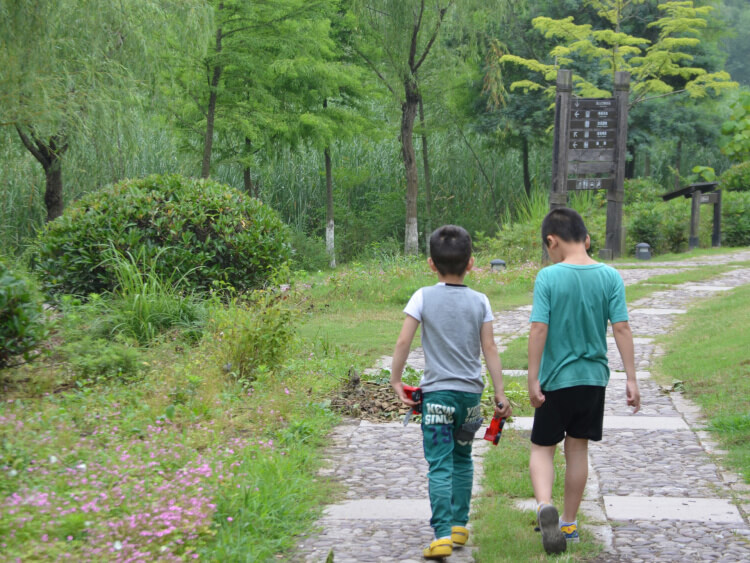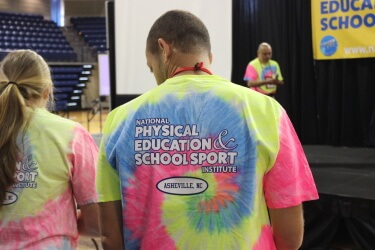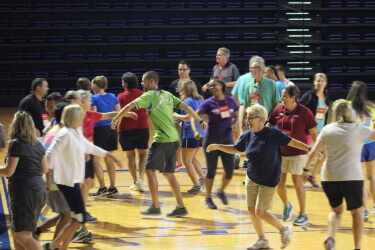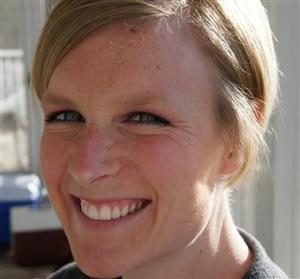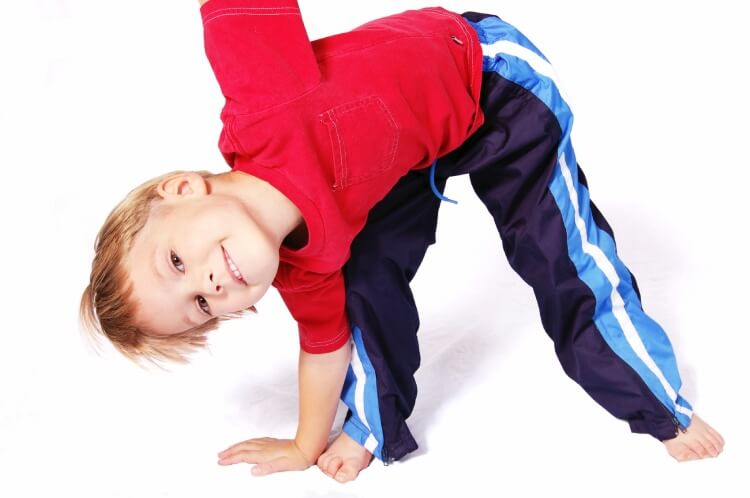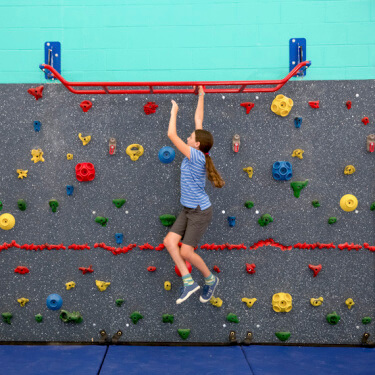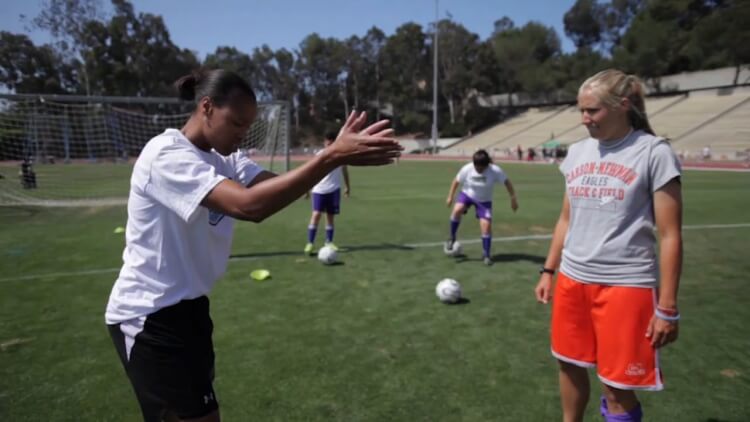To support a student’s physical literacy journey, health and physical education teachers need to consider and use all the skills and resources at their disposal. By effectively doing this, teachers can create learning environments that enhance their students’ development of physically active and healthy lifestyles. Additionally however, we believe that to provide students with the wide range of experiences vital to creating the necessary levels of confidence, self-efficacy and motivation for students to choose physically active and healthy lifestyles, teachers also need the critical support of many others.
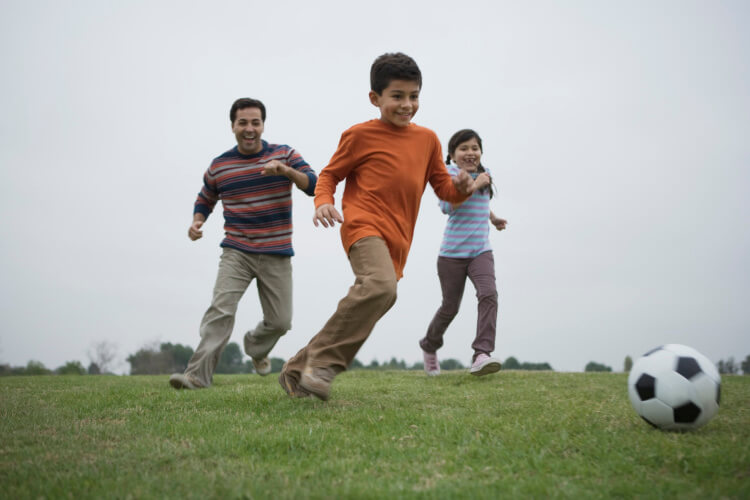
A wide range of teaching issues including planning, lesson delivery, and assessment impact the success of health and physical education teaching. Less often considered is the importance of role modeling. According to Cardinal and Cardinal (2001) role modeling is a powerful teaching tool. However, getting students to choose to be physically active and healthy depends on more than just good role modeling by health and physical educators. This critical lifestyle choice needs to be supported schoolwide, in students’ homes, and across the community. Within these different environments students face choices that will impact their physical activity and health habits. Consequently, in order to develop physical literacy through physically active and healthy lifestyles, it’s critical students are exposed to positive role models throughout their entire “community”.
Understanding “Community”
When trying to understand the composition of a student’s “community”, it’s important to consider who students are in regular contact with daily. In addition to health and physical educators, students spend a considerable amount of time each day with other teachers and school employees, family, and their extended community of peers and adults. Below, we examine the possible role and impact of each of these “players” within a student’s “community.”
